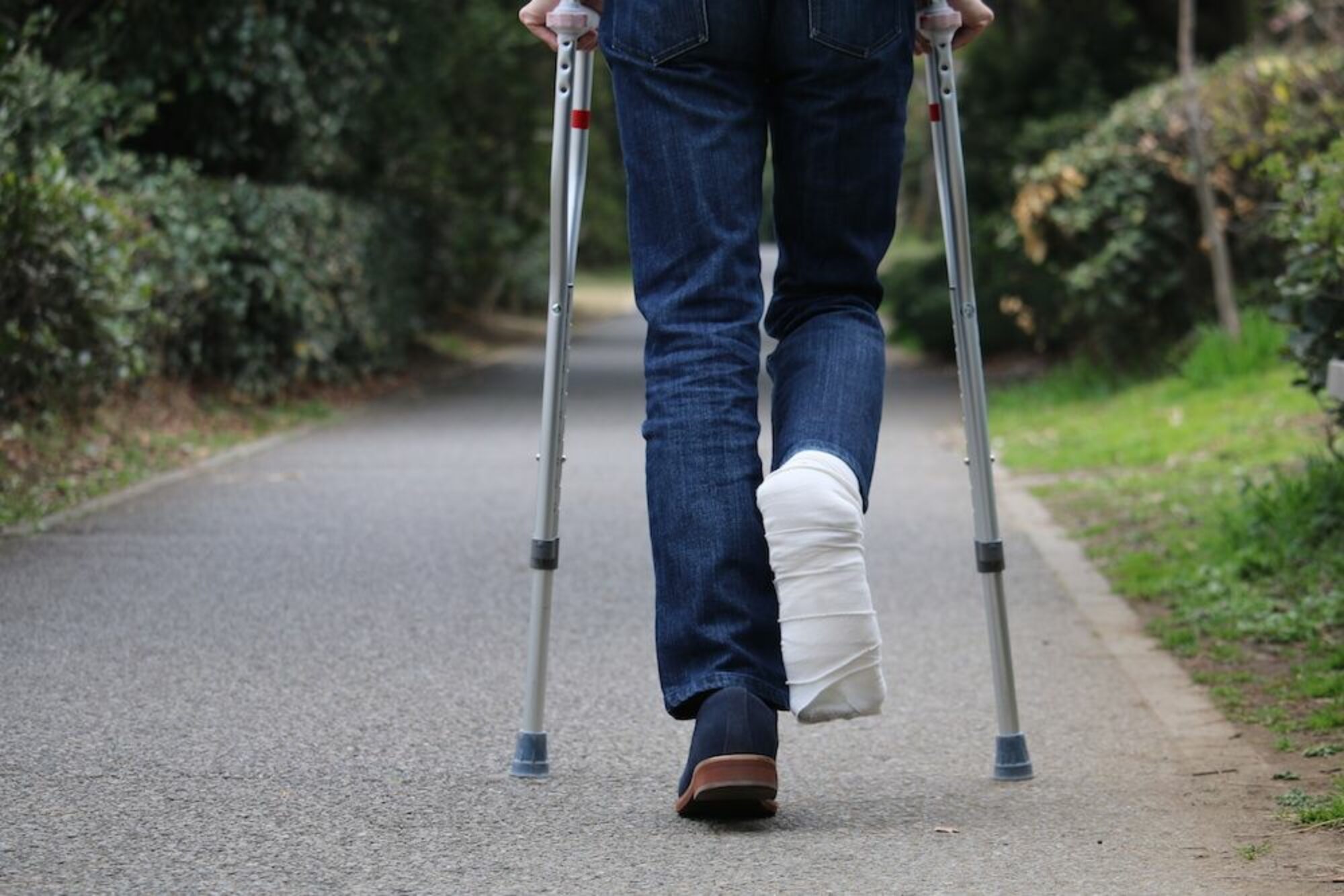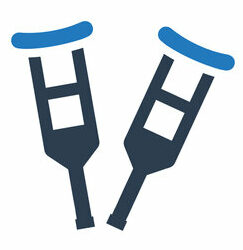May 2022
Presented final presentation and completed the final report while considering comments made by our advisor and other professors during the final presentation.
April 2022
Performed all validation and verification testing and analyzed data in the final report. Presented at Celebration of Student Achievement (COSA) event.
March 2022
Continued manufacturing of the device prototype and assembly of fixtures required for verification testing. Gained IRB approval and completed broader impact statement. Performed verification testing for the sitting to standing transition component using the Instron 5967 mechanical testing frame.
February 2022
Continued updating of verification/validation protocols and beginning of device prototype manufacturing. Performed base component coefficient of friction verification testing. Began ANSYS simulations of the device model.
January 2022
Team members completed CITI training to submit an IRB application to conduct human studies. Began writing verification and validation protocols.
December 2021
Completed final report. Presented final design review to engineering faculty.
November 2021
Completed hazard analysis for the device. Performed compression testing using an Instron® mechanical testing frame to determine the viability of a screw-clamp locking mechanism. Performed calculations on part sizing and functionality and began outlining the final report. Created proof of concept prototype for the stair mechanism and completed engineering drawings. Presented interim design review to engineering faculty.
October 2021
Researched relevant standards followed for current crutch design. Began composing the budget and Gantt chart. Completed safety survey and continued brainstorming potential stair component designs. Began creating decision matrices for overall component designs to score each component and determine the most effective result.
September 2021
Design requirements and specifications were completed with justifications. Realistic constraints including economic, global, environmental, social, ethical, health/safety, manufacturability, and sustainability were considered. The design process was started by brainstorming initial design ideas.

